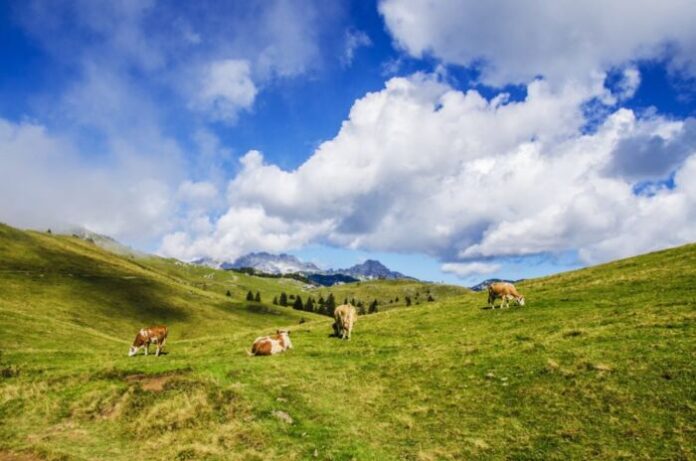
The ways of transhumance return to new life. In recent times, and even more after the recognition of transhumance as a UNESCO intangible cultural heritage, the paths and mule tracks that wrap around the hills and mountains of the Apennines have become one of the most chosen destinations for slow and sustainable tourism. By bike, on foot or on horseback, tourists can move from the internal altitudes to the coast along a network of paths to be discovered and chosen.
Used in the past by shepherds to lead flocks and herds from the Apennines to the Adriatic coast for wintering, sheep tracks have been since ancient times the means of transport and communication; they embraced a very vast territory that included Campania, Basilicata, Molise, Puglia and Abruzzo. Left in disuse with the growing industrialization and abandonment of ancient crafts, today these streets have become great open-air museums.
Already in 1976, the Ministry of Cultural and Environmental Heritage defined the cattle tracks as goods of considerable interest for archeology, for political, military, economic, social and cultural history, subjecting them to the same discipline that protects Italy’s works of art. Molise is certainly the region that has spent the most in the recovery and enhancement of this precious asset, having the Parco dei Tratturi established in 1997.
Walking on the sheep tracks is a simple experience because the paths are easy and suitable for everyone, rarely inaccessible, accessible in all seasons. And above all it is an experience to be lived moment by moment because the surprises during the trip are endless!
Rural tourism, in fact, combines the desire for adventure and the love for nature, the desire to discover and the possibility of learning. Hiking or trekking through the mule tracks allows you to take itineraries that put the traveler in direct contact with the environment and with history.
During the journey, it is not difficult to come across an archaeological area, an ancient rural church, stone huts or farms. Turning, for example, to Abruzzo you can meet a wonderful form of rural and spontaneous architecture: the dry stone huts and pastoral complexes. The stones, removed from the fields, were reused by shepherds for the construction of small dwellings and fence walls. An enchanting landscape, in which nature and human action coexist in harmony and balance.
In addition, farmhouses and refuges offer shelter and refreshment to travelers who have the opportunity to taste local recipes and the best food and wine products. The rebirth of the sheep tracks, in fact, is not an isolated fact; organic agriculture, the recovery of native breeds and attention to the quality of agri-food products have led to the recovery of some mountain and rural areas that were previously considered marginal and of little value.
Going for the sheep tracks is also an excellent opportunity to learn about the local flora and fauna; the walk can become the right time to practice birdwatching or to give vent to your passion for artistic and landscape photography. Fortunately, the shepherds’ road has remained a fairly unspoiled and wild area, where the relationship with nature has not yet been called into question by the incisiveness of human action on the environment.
Retracing the grassy streets, carved by the centuries-old route of the shepherds and their flocks, the traveler has the opportunity to discover the ancient rural and pastoral civilization, the ancient crafts and objects of the past, being able to satisfy their curiosity from the point of view historical and ethnographic.
What better destination for experiential and sustainable tourism? For the next holiday, a good pair of boots, comfortable clothing and backpackers will be enough to leave for a pleasant jump into the past between tradition and nature.



































